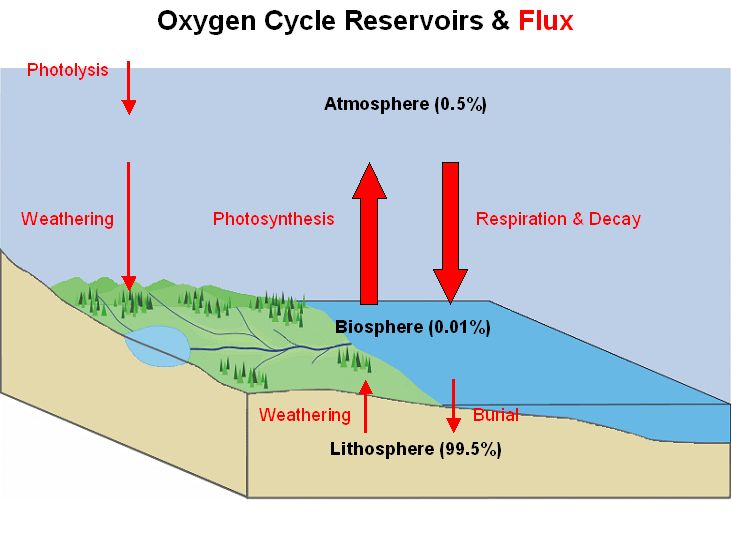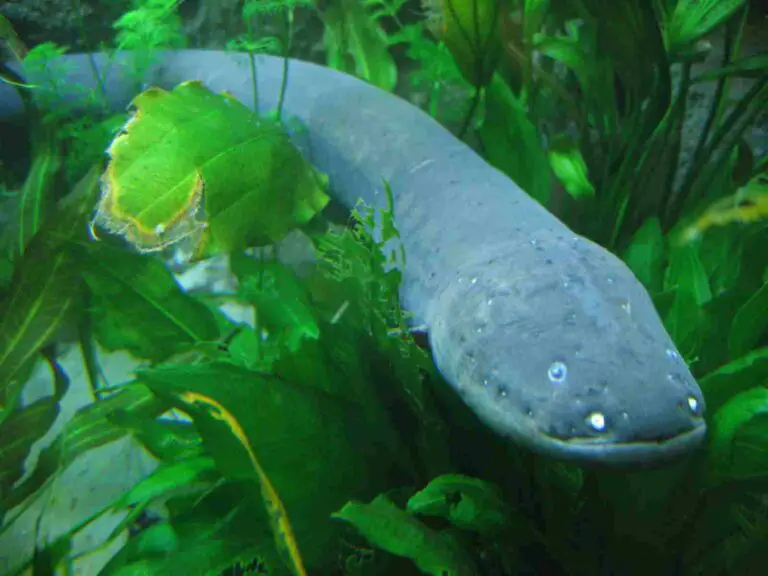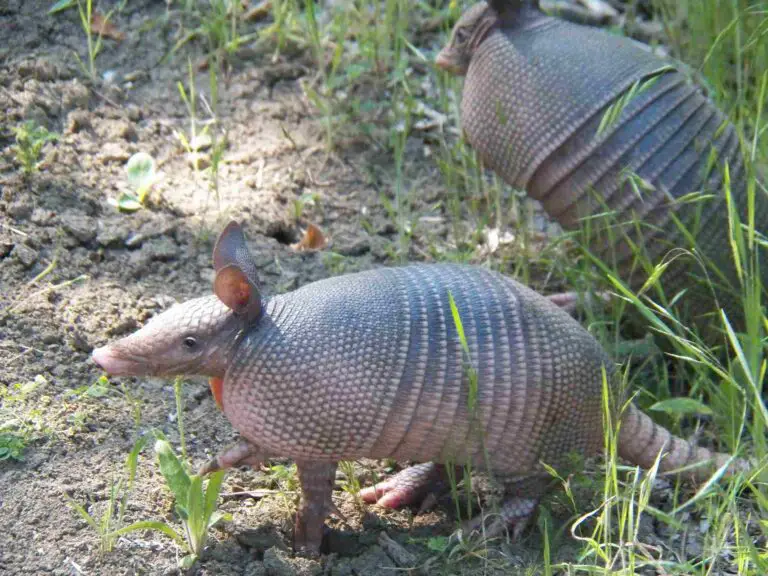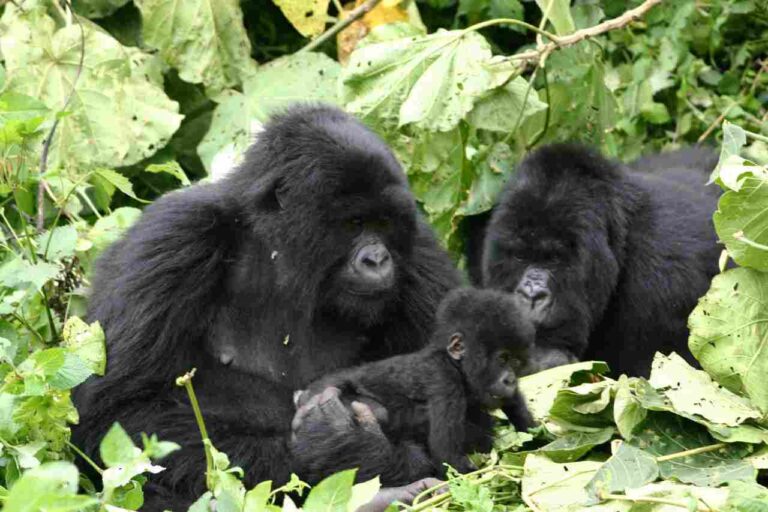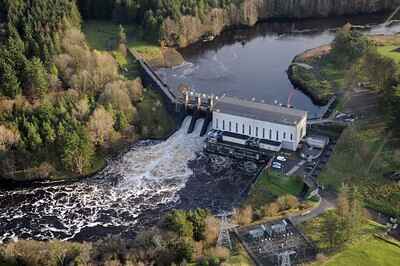Oxygen Biogeochemical Cycle Definition, Explanation, Types, Purpose
Oxygen biogeochemical cycle is a model of the processes, organisms and conditions that work together to maintain oxygen concentrations in the environment. This article discusses oxygen biogeochemical cycle definition, explanation, types, and importance; as outlined below;
-Oxygen Cycle Definition: 5 Ways to Define the Oxygen Biogeochemical Cycle
-Oxygen Cycle Explanation With Diagram
-Importance of the Oxygen Cycle
Oxygen Cycle Definition: 5 Ways to Define the Oxygen Biogeochemical Cycle
The oxygen biogeochemical cycle is an ecologic concept that details the natural recycling and transition of oxygen from one form to another as it is used for biotic and abiotic processes [2].
Other biogeochemical cycles like nitrogen and carbon cycles respectively, are similar to the oxygen cycle in terms of overall function, as they are all comprised of natural recycling processes whereby a given essential element is converted from one form to another as it transits across the various spheres of the environment.
Below is an alternative oxygen cycle definition that sheds light on these 'spheres' of the environment that are involved in the cycling of oxygen;
Oxygen cycle is a model of oxygen utilization in the ecosystem, that is made up of various organisms, processes, abiotic and biotic factors which work together to maintain the supply of oxygen in the biosphere, lithosphere, hydrosphere and atmosphere.
The mention of abiotic and biotic factors above can appear slightly contradictive, since the oxygen cycle is described as being biogeochemical. It might be expected that the majority of components of this cycle should be biotic, while abiotic components will be recessive.
The alternative oxygen cycle definition given below attempts to clarify the place of abiotic and biotic factors in the cycle, relative to each other;
Oxygen biogeochemical cycle is a system of oxygen conversion, transfer and conservation that can be used to understand oxygen supply pathways between biotic components like organisms and metabolic processes; and abiotic components like water and the atmospheric gas mixture.
In addition to the transfer of oxygen in native and compound forms, the oxygen cycle also signifies trends of energy transfer and biomass creation/decomposition. For this to occur, multiple processes must work in combination.
In an alternative oxygen cycle definition below, some processes of the oxygen cycle are listed;
The oxygen biogeochemical cycle is the sum-total of effects of processes like; photosynthesis, respiration, combustion, corrosion and decomposition, which work inter-dependently to transfer and conserve oxygen in the environment.
Processes of the oxygen cycle represent a different concept from the steps of oxygen cycle process. However, both concepts are closely related in that the steps comprise of various processes. This is clarified in the alternative oxygen cycle definition below;
Oxygen biogeochemical cycle is a collective sequence of steps including; capture or intake (through respiration), utilization or consumption (through combustion, corrosion, biodegradation), and uptake-and-release (through photosynthesis).
Oxygen Cycle Explanation With Diagram
An oxygen cycle explanation must comprise of the basic attributes of this geochemical cycle; including its focus on oxygen as a primary elemental resource, as well as the steps, processes and factors (biotic, abiotic) that work together to sustain this cycle.
The oxygen cycle can be explained in terms of the continuous intake, utilization, uptake and release of oxygen in the environment.
Oxygen intake occurs mainly in the process of animal/heterotrophic respiration [1]. Here, biotic and abiotic factors interact in the form of heterotrophic organisms and atmospheric gases.
The intake of oxygen during respiration is an aerobic process by which animal cells are able to sustain their metabolism.
After oxygen has been taken in by animals, it is used to fuel the breakdown of organic molecules during digestion. This support of organic breakdown and other similar processes can be collectively referred to as oxygen utilization or consumption.
When digested food is released as waste, oxygen plays an essential role in microbial biodegradation of such waste. This is the same manner in which oxygen is used for the breakdown of all kinds of biomass.
Being a component of most organic compounds, oxygen is released during decomposition.
However, it is not released in its native form, but as part of the chemical composition of water molecules that enter into soils and aquatic ecosystems.
This water is subsequently taken up by plants (vascular and non-vascular), as well as by other autotrophic organisms like photosynthetic bacteria, using specialized organelles such as roots.
Water is essential for growth of such autotrophic organisms, and its extraction from soil or aquatic ecosystems represents a form of oxygen uptake, because water contains significant amount of oxygen.
Photosynthesis enables autotrophs to manufacture their food using inorganic resources like solar energy, carbon dioxide and water. One of the products of this process is oxygen, which is often released alongside biomass and bioenergy.
The production of oxygen represents a transitional and important step in the oxygen biogeochemical cycle, and may be described as oxygen release.
Uptake and release are two closely-tied oxygenation processes that can be discussed as a single unit.
Intake and uptake of oxygen are different in that intake deals with the ingestion or inhalation of oxygen within the context of respiration, while uptake is concerned with the active extraction of oxygen-rich compounds like water from a given medium; and it occurs mostly within the context of autotrophic nutrition. However in many studies, the two terms are used interchangeably.
Below is a diagram that tries to explain the oxygen cycle in a summarized manner;

Types of Oxygen Cycles
There are two types of oxygen cycles, which are; micro and macro oxygen cycles respectively. Each of these is briefly discussed below;
1). Micro Oxygen Cycle (as one of the Types of Oxygen Cycles)
The micro oxygen cycle is dominated by organisms, materials and processes that occur at a small scale relative to other geochemical cycles.
While this is often the case, it does not necessarily occur at a micro scale in all cases. Rather, the description 'micro' here is used to depict relativity.
Micro oxygen cycles occur in micro-ecosystems or sub-niches of a larger biome. This type of oxygen cycle is common in ecosystems like forests and marine terrains, where species richness, population size and biodiversity are all high.
In such ecosystems, many relatively-complex micro ecosystems exist in soil, vegetation and water. In marine biome for example, multiple micro-oxygen cycles can be identified in coral reef sub-ecosystems alone.
It is also correct to describe the micro oxygen cycle as a part of macro oxygen cycles. Organisms that dominate this type of oxygen cycle include algae and microbial decomposers like bacteria and fungi.

2). Macro Oxygen Cycle (as one of the Types of Oxygen Cycles)
The macro oxygen cycle operates at a large-scale relative to micro oxygen cycles.
Macro oxygen cycle is the more conventional of the two types, as it details oxygen transfer and transformation routes and processes across entire ecosystems.
While micro organisms also occur in macro oxygen cycles, they are notably supported by the activities of macro organisms. Some examples of macroscopic decomposers involved in oxygen cycling are; mites, earthworms, snails, slugs, millipedes, woodlice and pot worms.
Importance of the Oxygen Cycle
Oxygen is important in the biogeochemical cycle of ecosystems as a whole because it is needed by living organisms for their survival and reproduction. Since the abiotic components of ecosystems are recycled and modified by living organisms, it can be said that oxygen plays a role in the continuity and sustainability of entire ecosystems.
Importance of the oxygen cycle include;
1. Maintenance of environmental oxygen concentrations
2. Sustenance of the biosphere
3. Unification of biotic and abiotic factors in ecosystems
4. Contribution to atmospheric gas dynamics, air currents and wind energy
5. Support of other geochemical cycles like carbon and nitrogen
6. Role in the combustion of energy resources like coal to generate electricity and thermal energy
Conclusion
Oxygen cycle is the sum total of processes, organisms and abiotic factors involved in the continuous recycling of oxygen in ecosystems.
The two types of oxygen cycles are;
1. Micro Oxygen Cycle
2. Macro Oxygen Cycle
Importance of the oxygen cycle include; maintenance of oxygen concentration, unification of biotic and abiotic factors, sustenance of the biosphere, contribution to atmospheric gas dynamics, support of other geochemical cycles, and role in combustion.
References
1). Cai, Q.; Yan, X.; Li, Y.; Wang, L. (2018). "Global patterns of human and livestock respiration." Sci Rep. 2018 Jun 18;8(1):9278. Available at: https://doi.org/10.1038/s41598-018-27631-7. (Accessed 2 May 2023).
2). Reinhard, C. T.; Planavsky, N. J.; Olson, S. L.; Lyons, T. W.; Erwin, D. H. (2016). "Earth's oxygen cycle and the evolution of animal life." Proc Natl Acad Sci U S A. 2016 Aug 9;113(32):8933-8. Available at: https://doi.org/10.1073/pnas.1521544113. (Accessed 2 May 2023).
